The Yamato-class battleships were the heaviest and most heavily armed battleships ever constructed. The Yamato was the lead ship of this class.
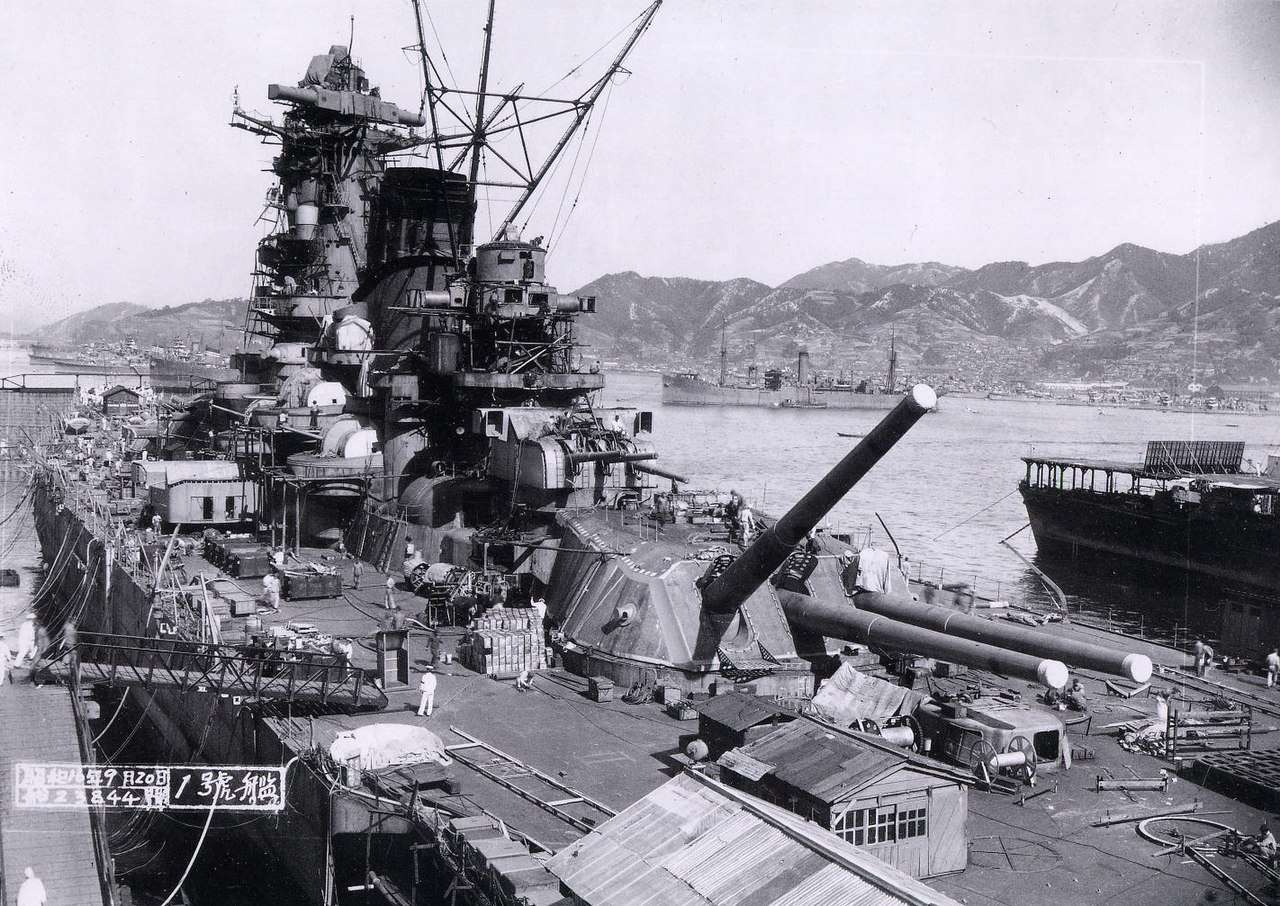
She remains one of the most iconic warships, not just of the Second World War, but of any ever made. What ever your opinion of the Yamato is, it has to be stated that she is an immense beast with some insane stats.
Design of the Yamato
Displacement: Yamato had a full load displacement of around 73,000 tons, making it the heaviest battleship ever constructed.
Length: It was 263 meters (863 feet) long, which is about the length of two and a half football fields placed end to end.
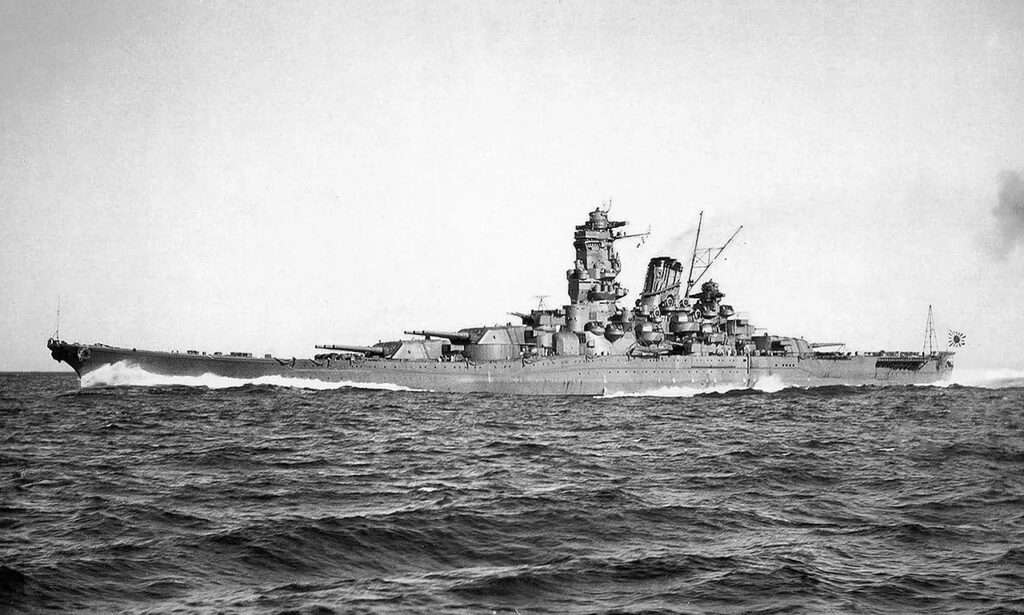 The Yamato pictured in 1941
The Yamato pictured in 1941
Beam: The beam, or width, of the Yamato was 38.9 meters (127 feet 7 inches), making it exceptionally stable in the water.
Draft: The ship had a draft of 11 meters (36 feet), indicating the depth of water needed to float.
Armament and Armor
Armament: Yamato’s main armament consisted of nine 46 cm (18.1 inch) Type 94 main guns, which were the largest caliber guns ever mounted on a warship.
The guns were arranged in three gun turrets, each gun weighed 147.3 tonnes and were 21.13 metres (69.3 ft) long.
Shell Weight: The main guns could fire shells weighing up to 1,460 kg (3,220 lbs) with a range of up to 42 km (26 miles).
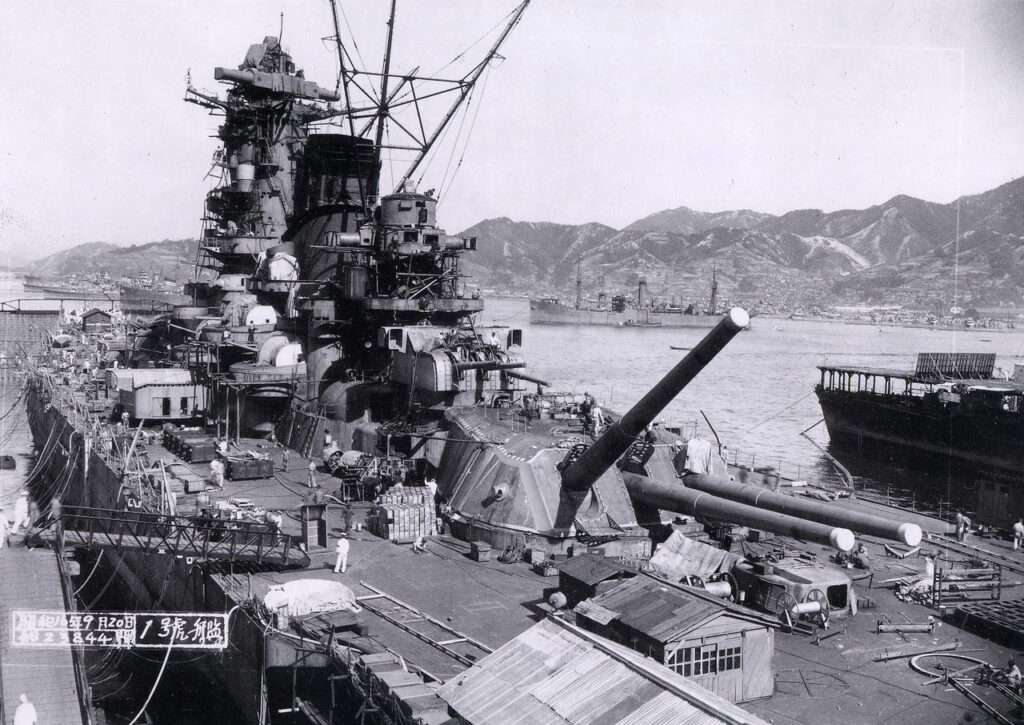 The Yamato under construction, September 20 1941.
The Yamato under construction, September 20 1941.
Armor-Piercing Capability: The 46 cm guns were capable of penetrating up to 43 cm (17 inches) of armor at 30,000 meters.
Secondary Armament: It also had twelve 155 mm (6.1 inch) secondary guns and twelve 127 mm (5 inch) dual-purpose guns, among others.
Armor: The battleship featured up to 410 mm (16.1 inches) of belt armor and up to 650 mm (25.6 inches) of armor on the face of the main gun turrets.
Performance
Engine Power: Yamato was powered by 12 Kampon boilers driving four steam turbines, generating a total of 150,000 shaft horsepower.
Top Speed: This immense power allowed it to reach a top speed of 27 knots (50 km/h; 31 mph).
Range: It had a range of 7,200 nautical miles (13,300 km; 8,280 mi) at a speed of 16 knots (30 km/h; 18 mph).
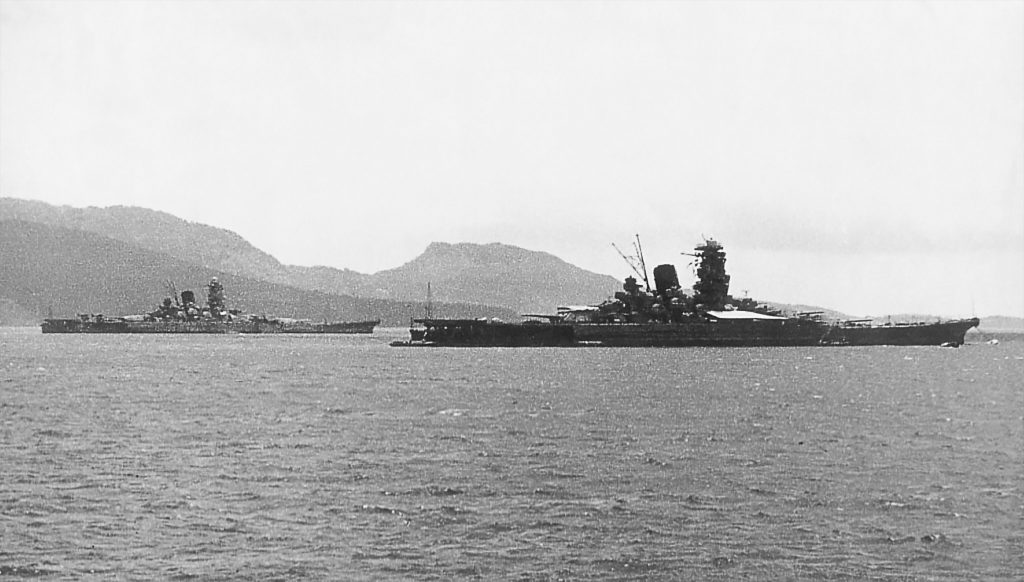 The Yamato (left) and Musashi, her sister ship, (right) moored in Truk Lagoon, 1943.
The Yamato (left) and Musashi, her sister ship, (right) moored in Truk Lagoon, 1943.
Crew: The battleship could accommodate a crew of over 2,700 officers and enlisted personnel.
Aircraft: Yamato was equipped with seven aircraft, including reconnaissance seaplanes, and had two catapults for launching them.
The Yamato in Battle
Operational History: The Yamato participated in the Battle of the Philippine Sea in June 1944, where its presence aimed to counter the American Fifth Fleet, but it saw limited engagement due to the battle’s focus on carrier-based aircraft.
Yamato’s most notable engagement was during the Battle of Leyte Gulf in October 1944, one of the largest naval battles in history, where it served in the Japanese fleet attempting to repel the Allied invasion of the Philippines.
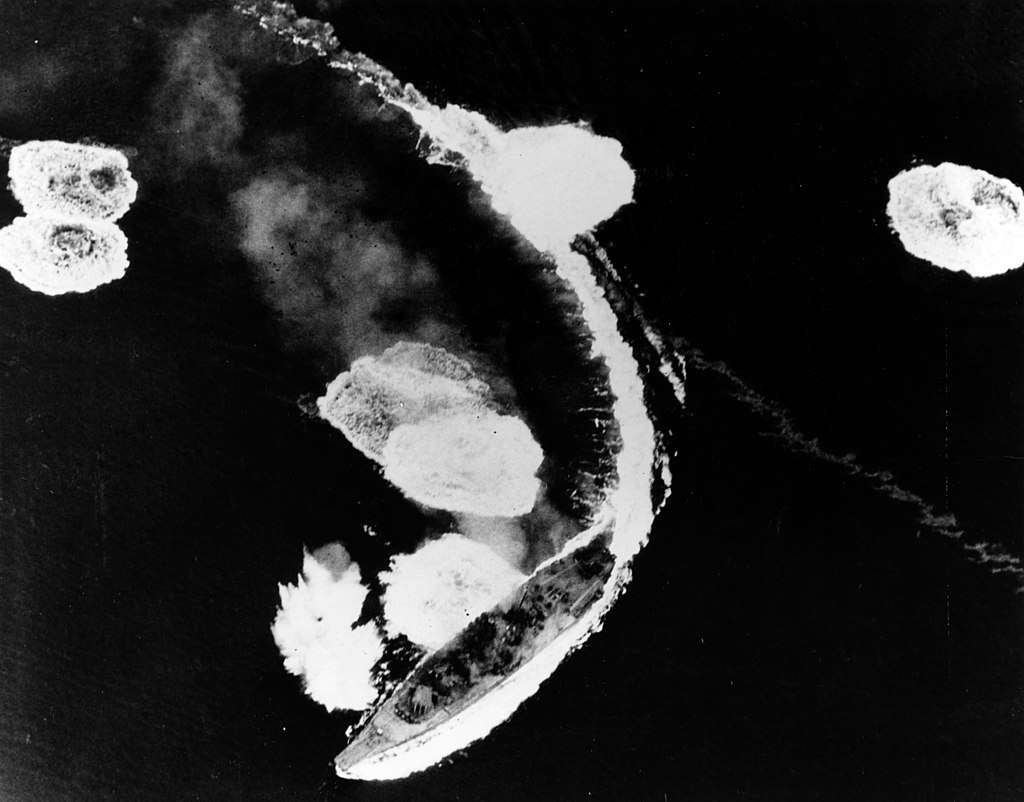 Yamato maneuvres while being attacked from the air.
Yamato maneuvres while being attacked from the air.
On April 7, 1945, Yamato was sunk by American carrier-based aircraft during Operation Ten-Go, marking a significant loss for the Imperial Japanese Navy. Most of its crew perished in this final mission